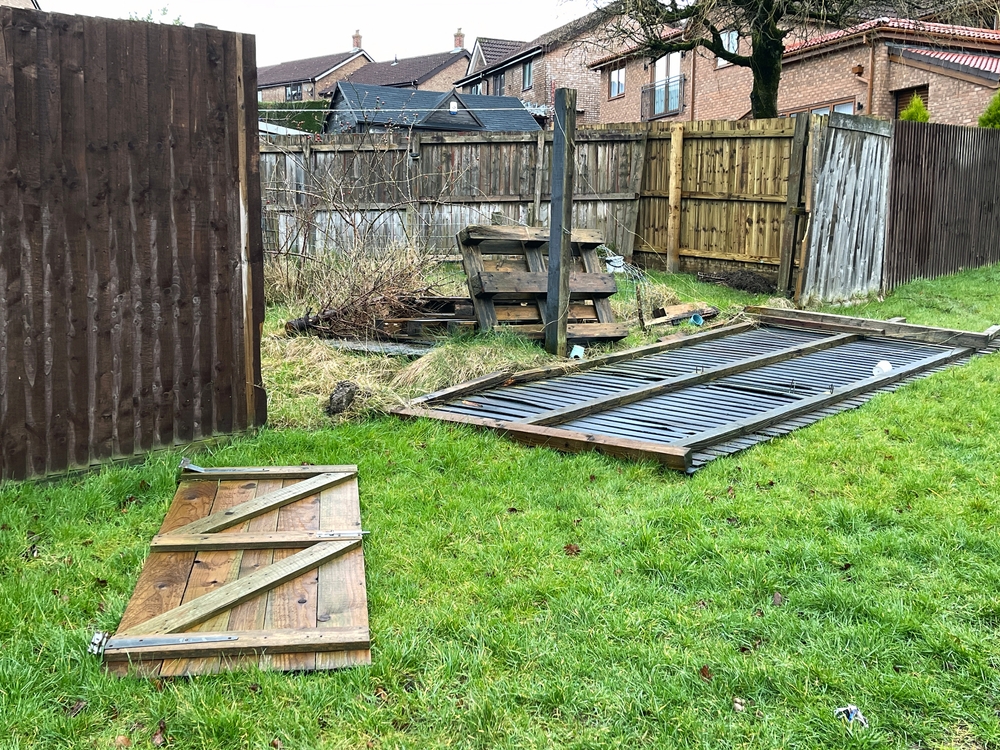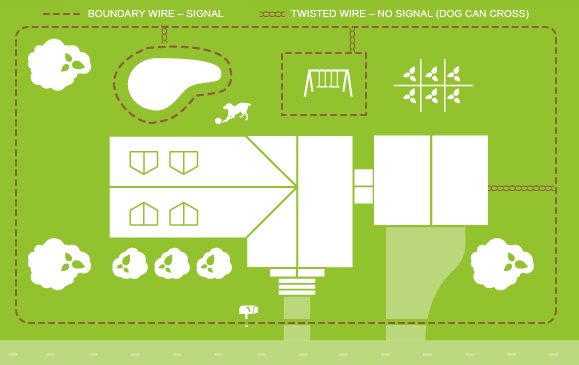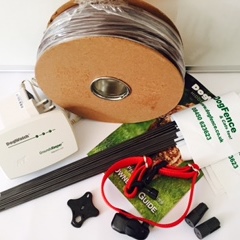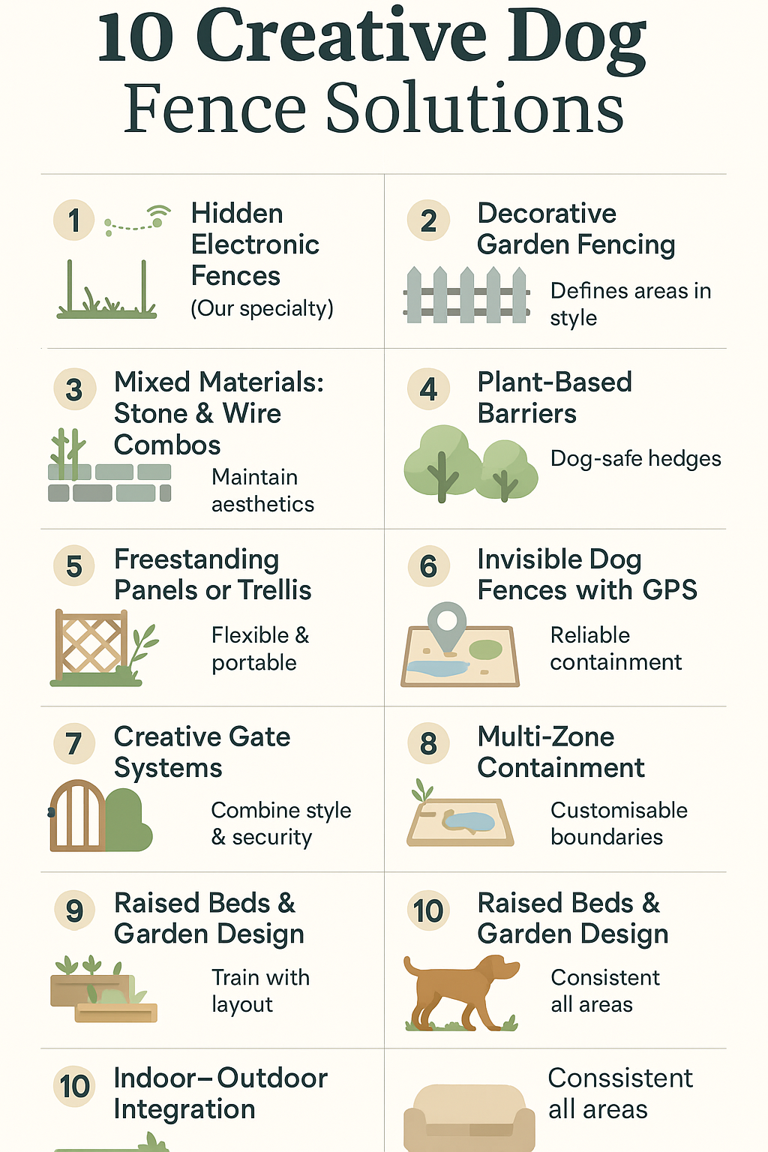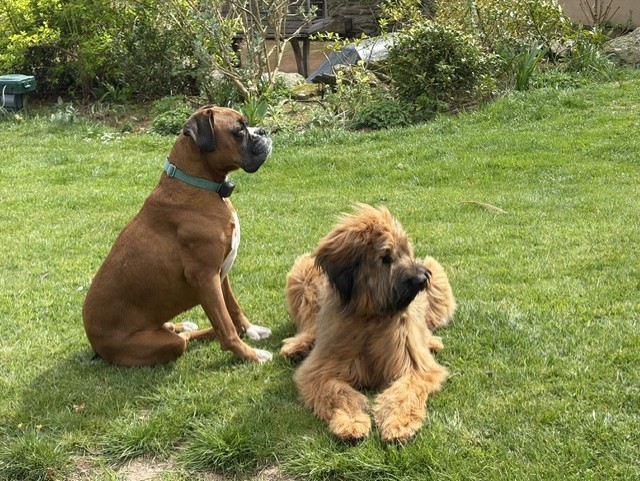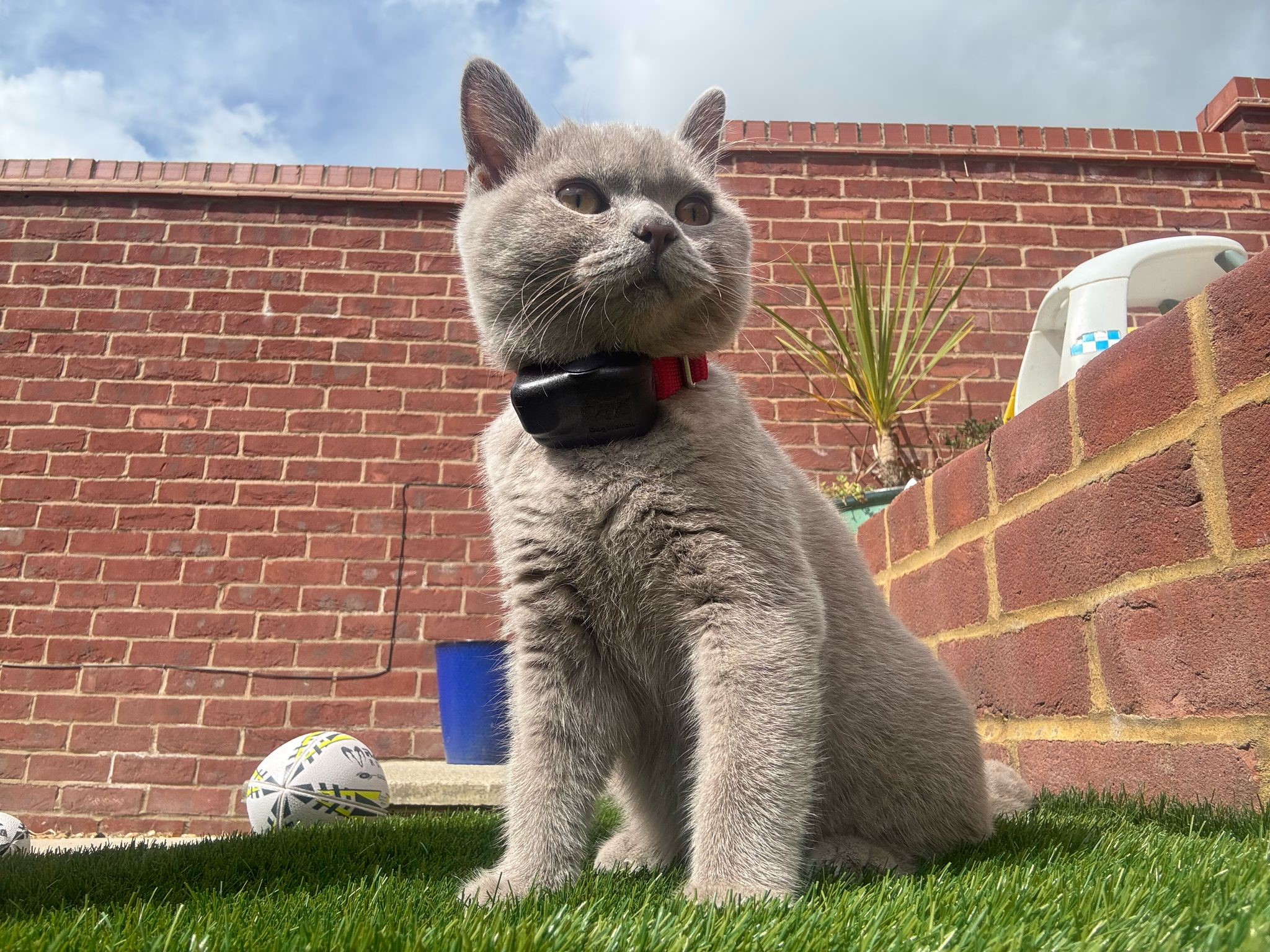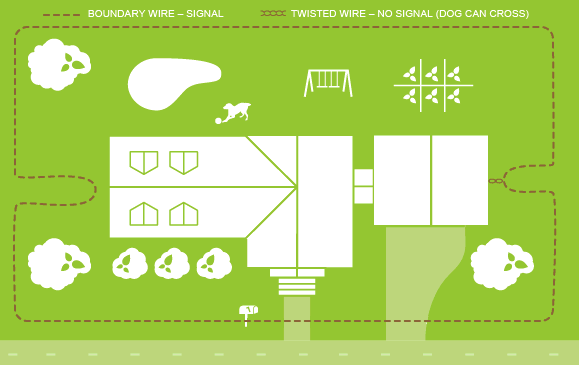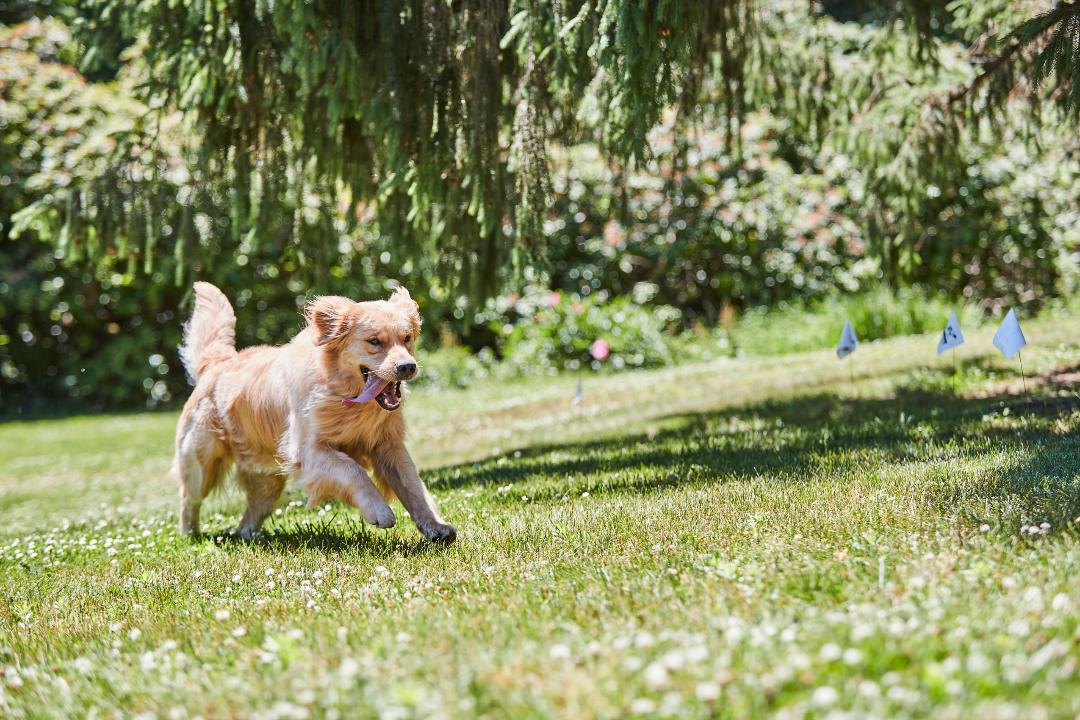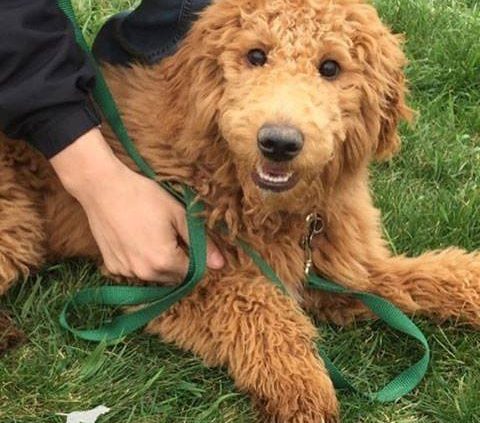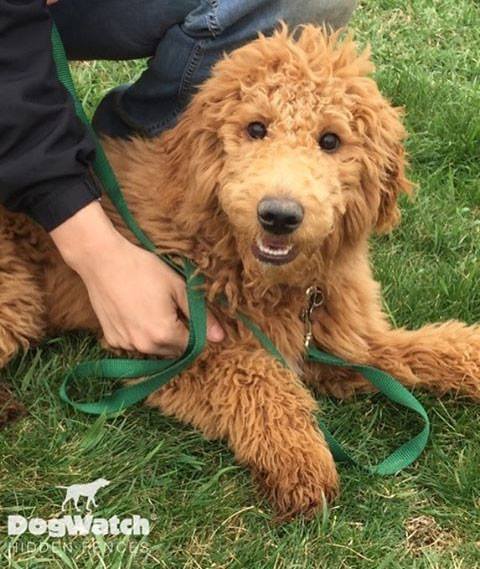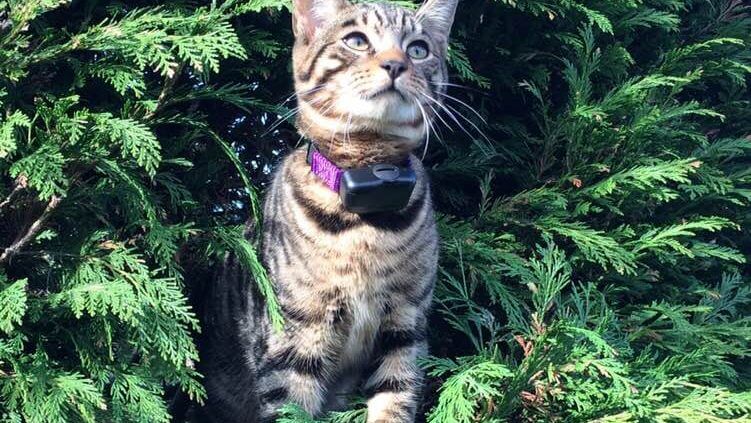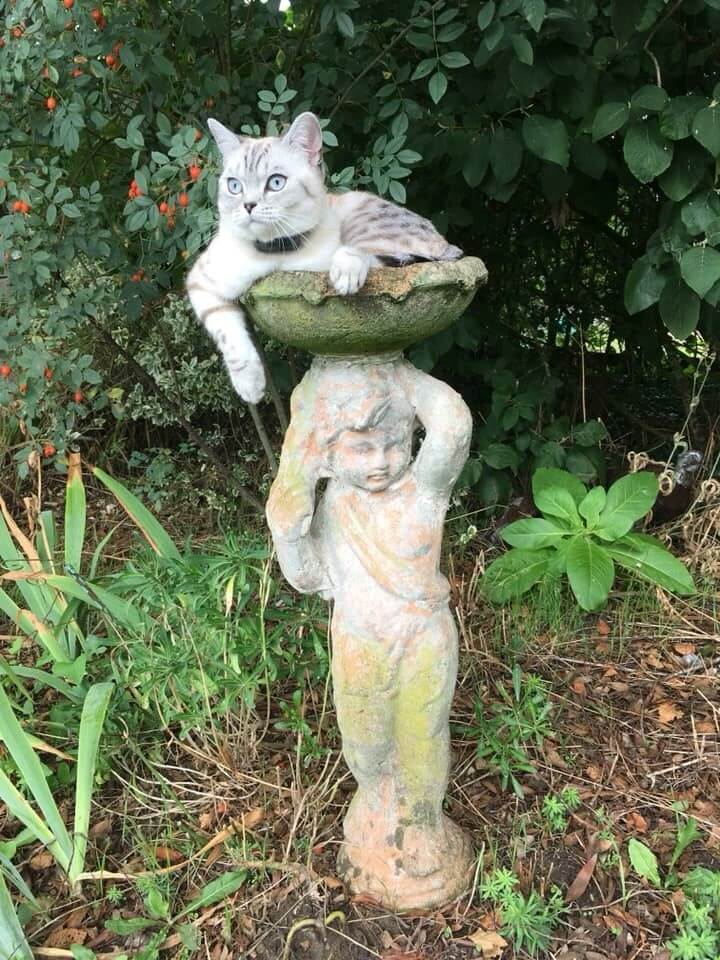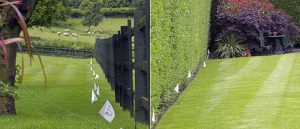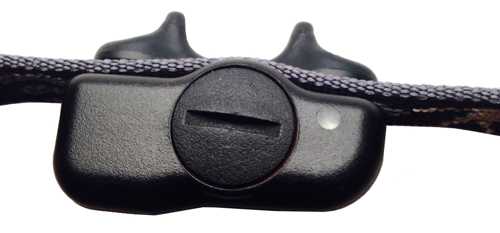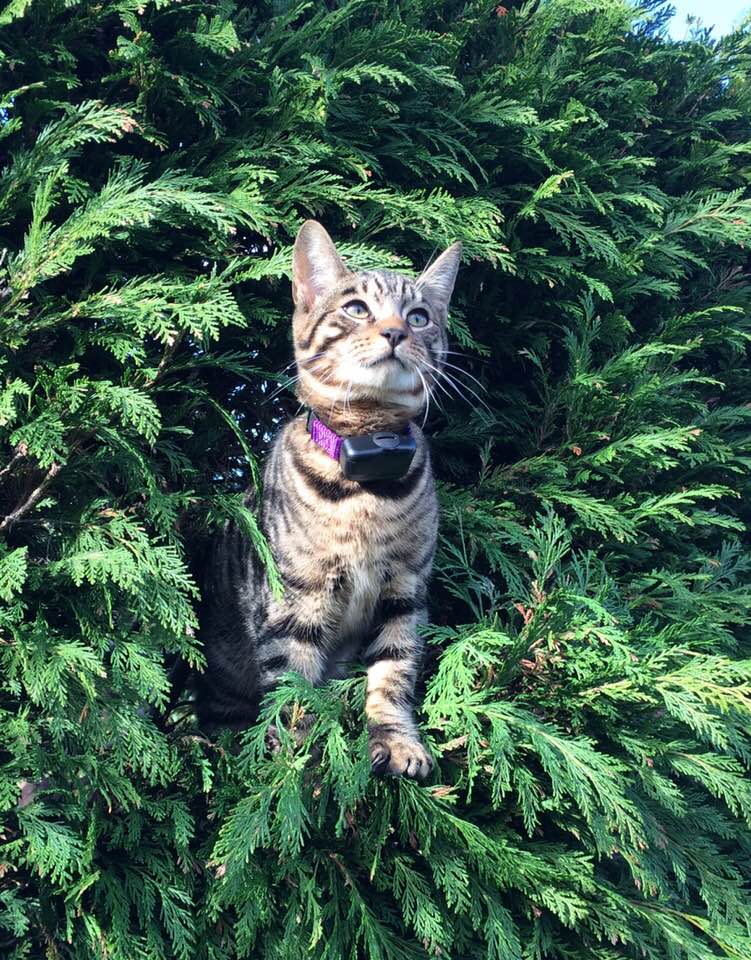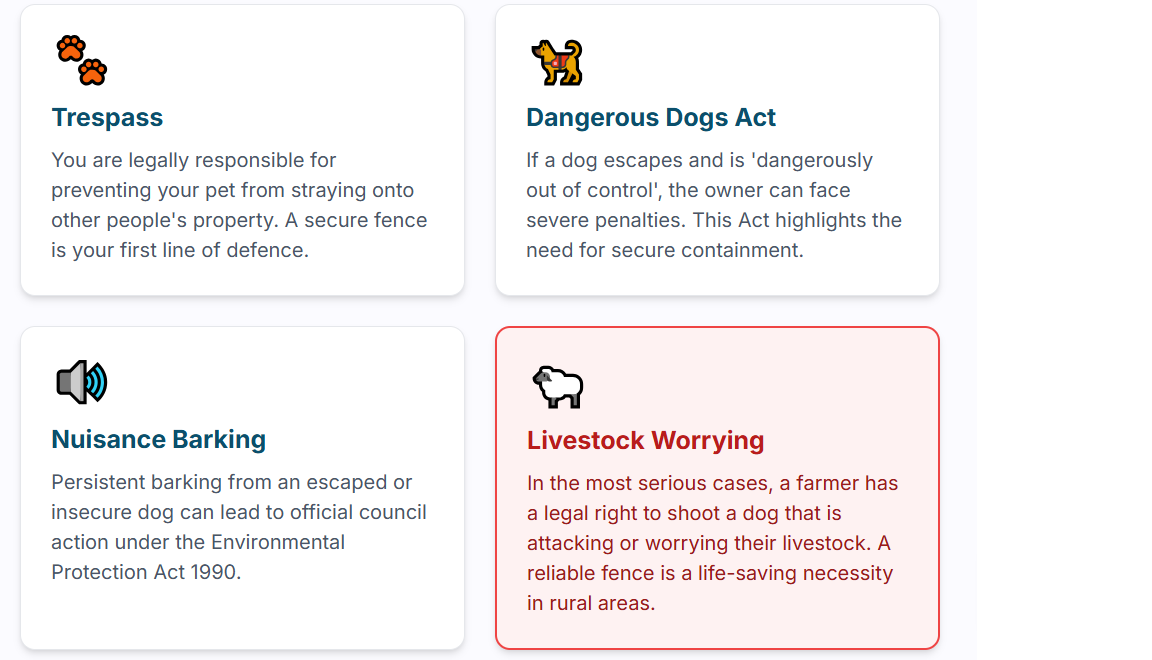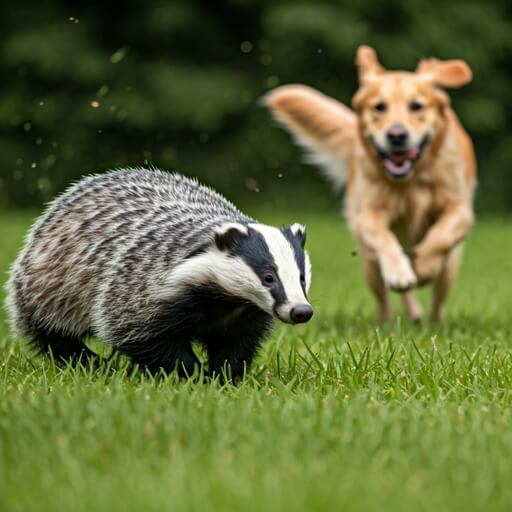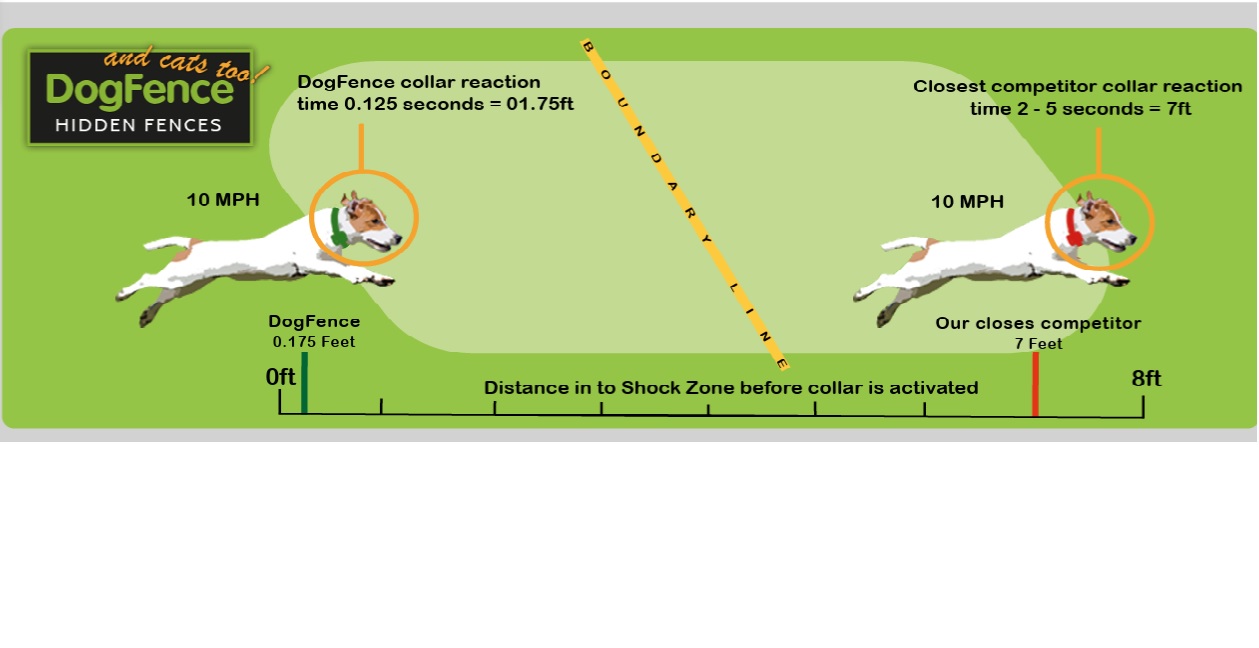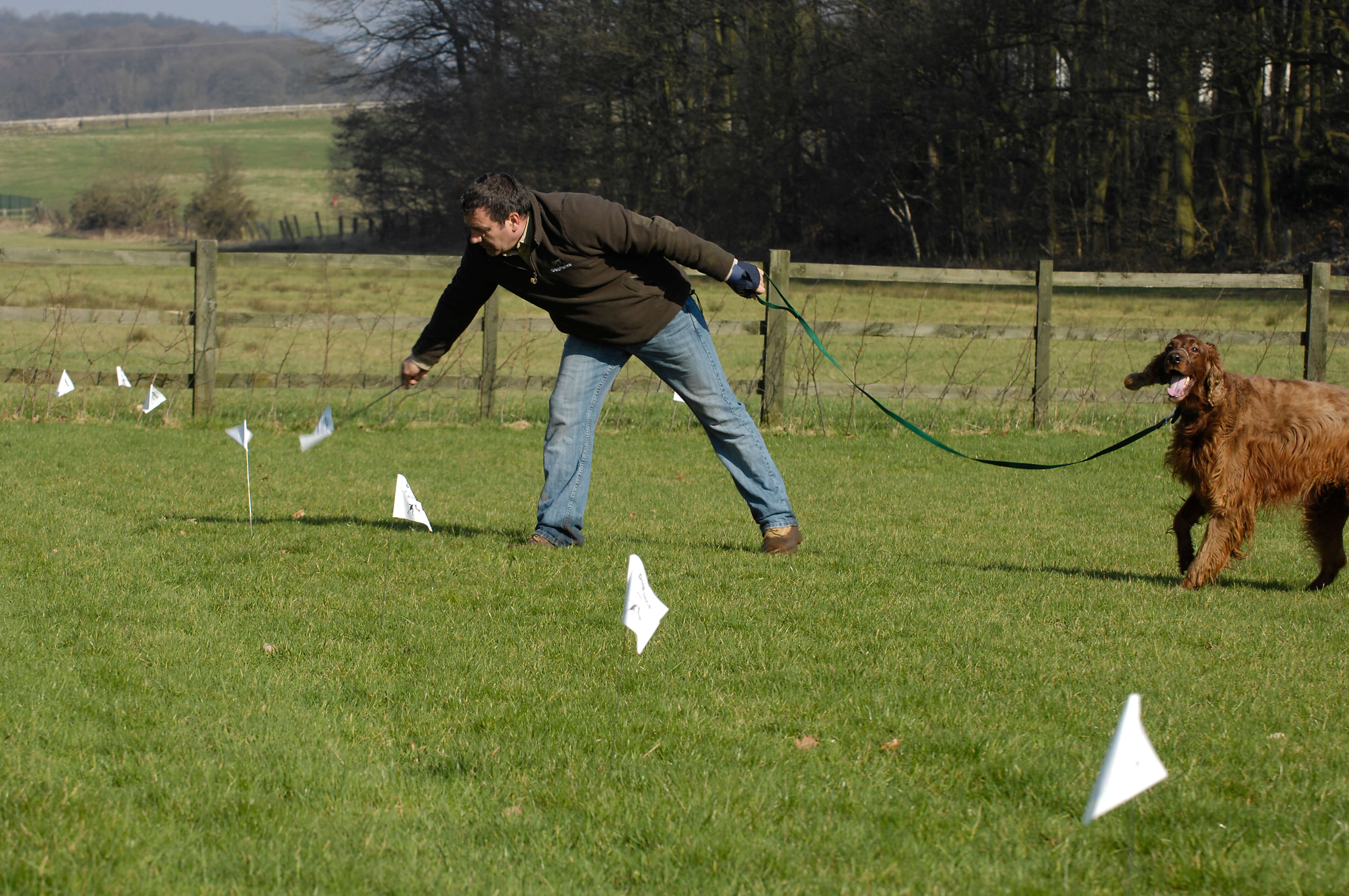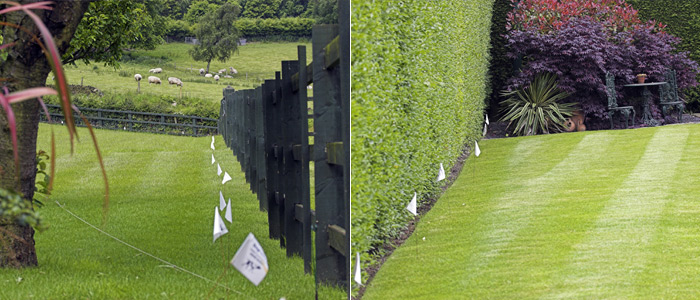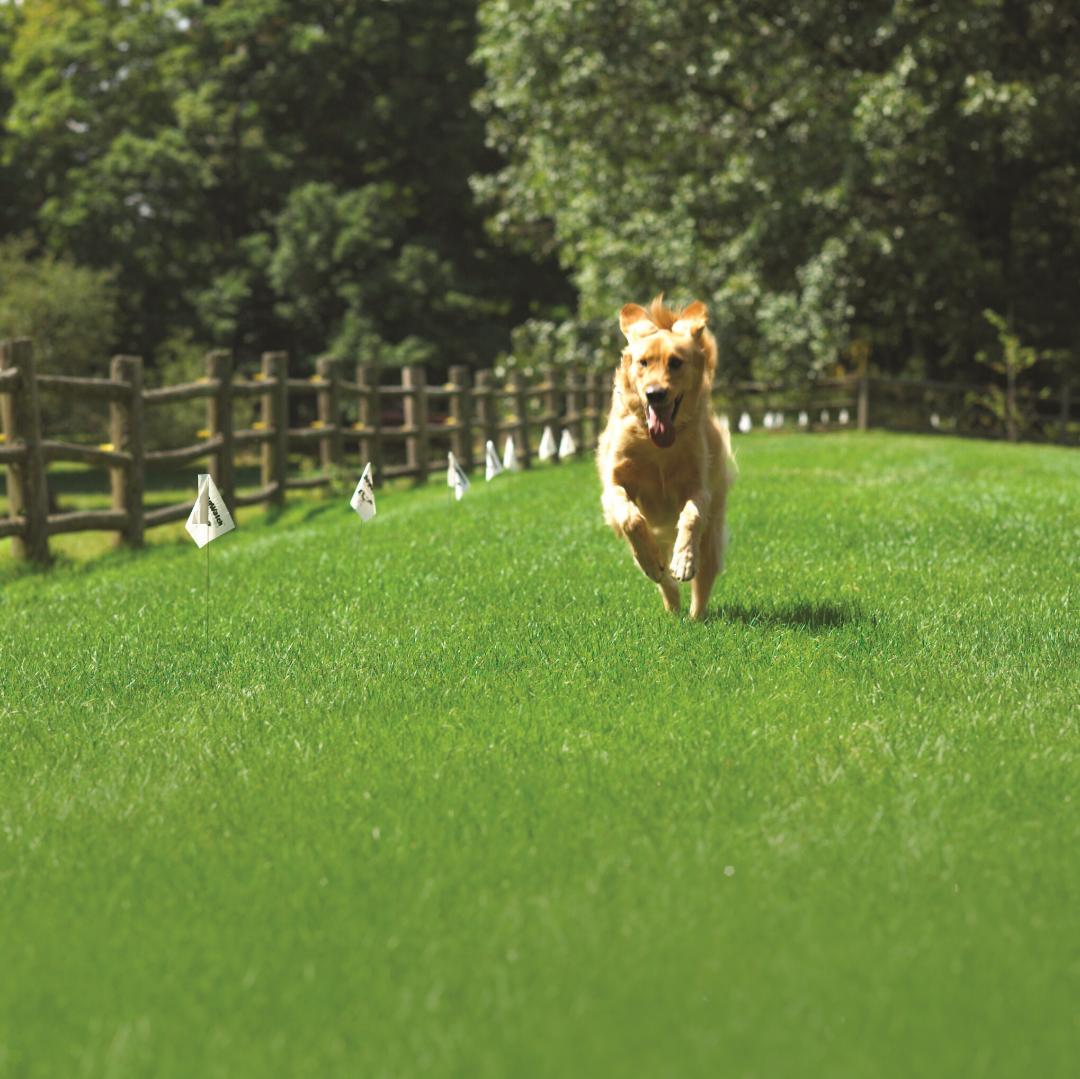Why the Best GPS Dog Fence Might Be the Worst Choice for Your Pet
Why the Best GPS Dog Fence Systems”Might Not Be Best for You
While GPS systems like Halo and SpotOn are popular, real‑world feedback shows they come with important downsides—slower reaction times, heavy collars, poor battery life, and inconsistent behaviour. For many dog owners, a feature‑rich, reliable wired dog fence is a smarter investment.
Curious how these GPS systems stack up to a wired dog fence? Check out our full comparison here:
GPS vs Hidden Fences.
Case Studies: What GPS Collars Get Wrong
Spot-On GPS Fence
On Reddit, a long-term user shares frustrations:
“About every other time they update the collar firmware… the collar stops functioning correctly… tracking function usually stops working… you can’t even find him.”
Trust pilot also backs this up—multiple reviews complain: “Battery life is the worst thing… only lasts about 24hrs”.
Halo Collar
Users on Reddit and BBB report:
“The GPS technology just isn’t accurate or consistent enough… my dog is getting corrections when sitting on the back patio… ended up going with a traditional invisible fence.”
Hundreds of complaints include false corrections, poor service response, and malfunctioning devices.
Halo Collar
On Reddit, one owner reports:
“Without fail every couple of days my dog is getting corrections when sitting on the back patio.”
Read the thread on Reddit.
Another complaint on the Halo Collar BBB page states: “The collars immediately had accuracy and connectivity issues, stating out of Wi-Fi, cell, and Bluetooth range despite excellent service in the area.”
Real-World Feedback on GPS Dog Fences
Spot-On GPS Fence
A detailed review on Sypnotix highlights app glitches and unreliability:
“You end up questioning if the GPS drifted and your dog is still inside, if it didn’t and your dog is ignoring the fence, or if the fence is just not working at all.”
Read the full review on Sypnotix.

Why the best GPS dog fence may not be the best choice: bulky collars and poor battery life.
⚠️ Core Issues with GPS Dog Fences
| Problem Area | Halo / SpotOn Issues |
|---|---|
| Slow / Inaccurate Reaction | Boundary drift causes unexpected corrections—even indoors |
| Heavy Collars | Substantially heavier than our ultra-light wired collar |
| Poor Battery Life | SpotOn: ~24 hrs; Halo: similar. Our collars last up to 2 years! |
| Firmware & Support Failures | Updates often break fencing or tracking. Support slow or unhelpful |
| Unreliable Feedback | False corrections when dog is stationary or within safe zone |
✅ Wired Fences: The Smarter Alternative
- Ultra‑light collars with batteries that last up to 2 years
- Instant, consistent response with no false corrections
- Maintenance-free design—no daily charging or app syncing
- Built to last—no need for firmware patches or cloud access
Common Issues with GPS Dog Fences: What You Need to Know
-
Q: Are GPS collars more flexible than wired fences?
A: No — while GPS fences claim to offer flexible boundary placement, in practice they are limited by satellite signal reliability. They often fail in wooded areas, near buildings, or on sloped ground due to signal interference and drift. In contrast, wired dog fences can be precisely installed through dense woodland, around buildings, and across driveways or slopes—providing reliable containment wherever your dog needs it.Q: Do GPS collars track my dog in real time?
A: They can, but battery drains fast and accuracy can lag—especially in rural or wooded areas. Delayed tracking and signal dropouts are common complaints among users.Q: Do GPS collars require charging?
A: Yes — most need recharging every 1–2 days. In contrast, our wired dog fence collars last up to 2 years on a single battery—ensuring reliable protection without the hassle.Q: What about customer support?
A: Support for GPS systems is often slow or unresponsive. Many users report unresolved issues, app crashes, or hardware faults. With DogFence, our UK-based team offers expert support before, during, and after installation.Q: Why choose wired over GPS?
A: Wired systems offer faster response, greater precision, and total independence from signal drift, firmware glitches, or subscription fees. They’re a long-term solution designed for maximum reliability and peace of mind.
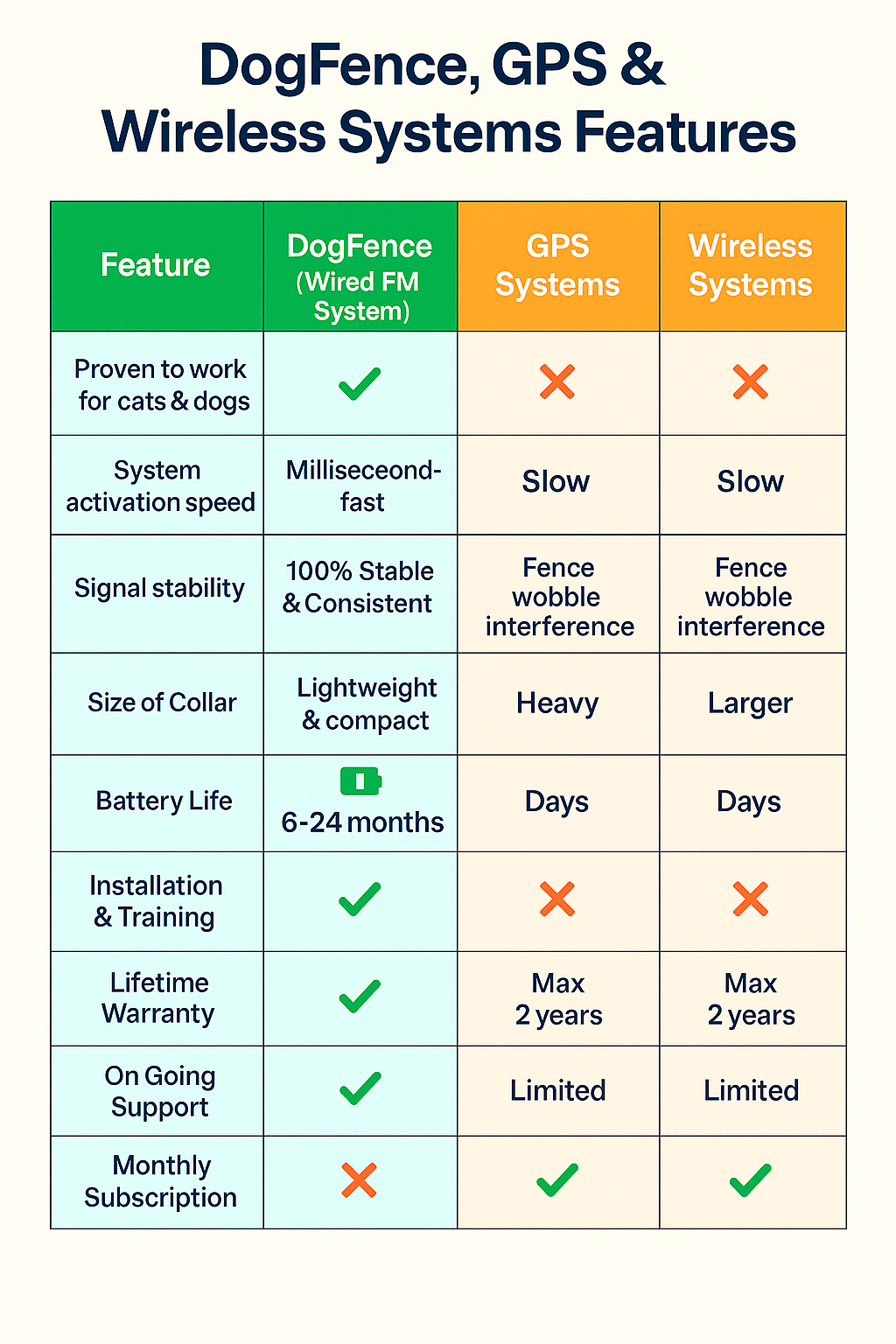
Discover why GPS the best GPS dog fence systems do not out perform wired dog fences.
How Does Our Wired Dog Fence Work?
Unlike GPS systems that rely on satellite signals (which can drift or fail), our wired dog fence uses a discreet underground cable to create a secure boundary around your property. Your dog wears a lightweight, waterproof collar that responds instantly when they approach the boundary — with a warning beep followed by a safe correction if needed.
The system is fully tailored to your garden layout and your dog’s temperament. Because it doesn’t depend on mobile networks, firmware, or cloud syncing, it works flawlessly in all terrains — even dense woodland, steep slopes, or areas near buildings.
And best of all? Our collars are ultra-lightweight and offer up to 2 years of battery life, giving you peace of mind without the need for daily charging or signal checks.
Want to see the system in action? Visit our How It Works page to learn more.
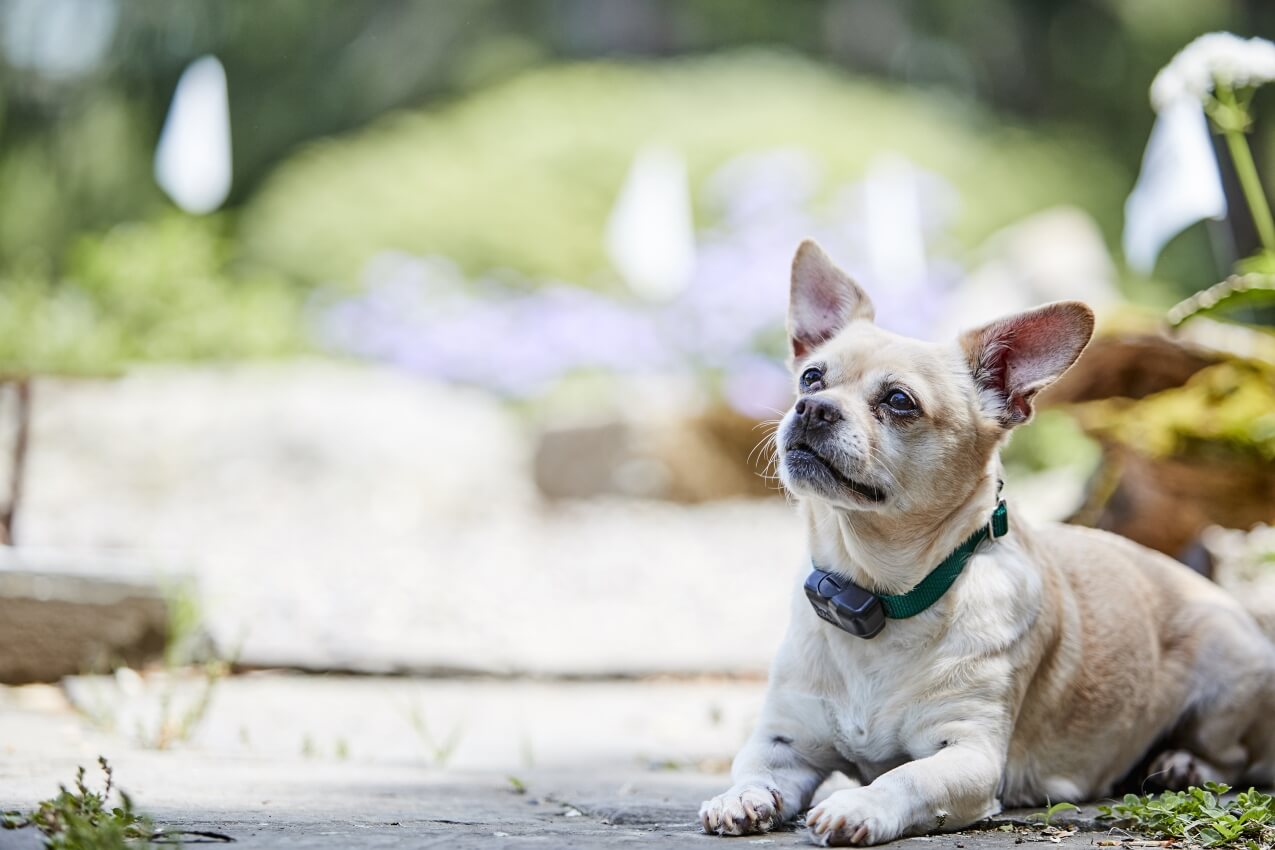
Wired collars from DogFence are lighter, longer-lasting, and more reliable than the best GPS dog fence systems.
Still Have Questions?
Speak to our expert team today and find the perfect dog fence solution for your garden, lifestyle, and budget.
Your dog’s safety deserves more than guesswork. Choose proven containment with DogFence.

